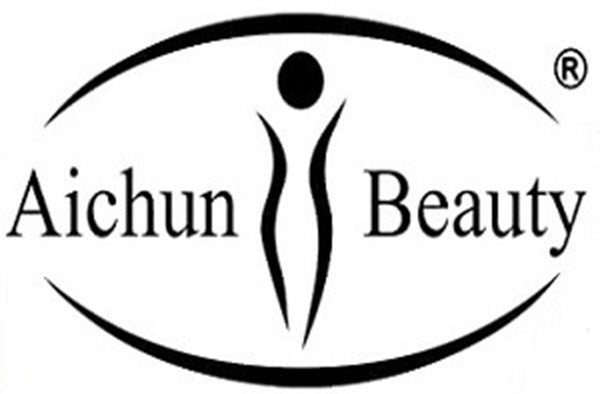
The Psychology of Makeup: How Beauty Products Impact Mood and Self-Perception
Share
Have you ever wondered how beauty products can impact your mood and self-perception? Let's delve into the fascinating world of makeup psychology.
Color Psychology
Did you know that different makeup colors can evoke specific emotions? For example, red lipstick is often associated with confidence and power, while blue eyeshadow can convey a sense of calmness and tranquility. Understanding color psychology can help you choose makeup that aligns with your desired mood.
Enhancing Self-Perception
Applying makeup can enhance self-perception by boosting confidence and self-esteem. Studies have shown that wearing makeup can lead to increased feelings of attractiveness and overall well-being. By using beauty products, individuals can create a positive self-image and improve their mental health.
The Role of Rituals
The act of applying makeup can be a powerful ritual that helps individuals prepare for their day. This daily routine can provide a sense of control and structure, leading to a more positive mindset. By engaging in makeup rituals, people can set intentions for the day ahead and boost their mood.
Social Influence
Beauty standards and trends set by society can also impact how individuals perceive themselves. Social media, in particular, plays a significant role in shaping beauty ideals and influencing makeup choices. Being aware of these influences can help individuals make conscious decisions about their beauty routines and self-perception.
Next time you reach for your favorite lipstick or eyeshadow palette, consider the psychological impact that makeup can have on your mood and self-perception. By understanding the psychology of makeup, you can harness its power to enhance your well-being and confidence.
